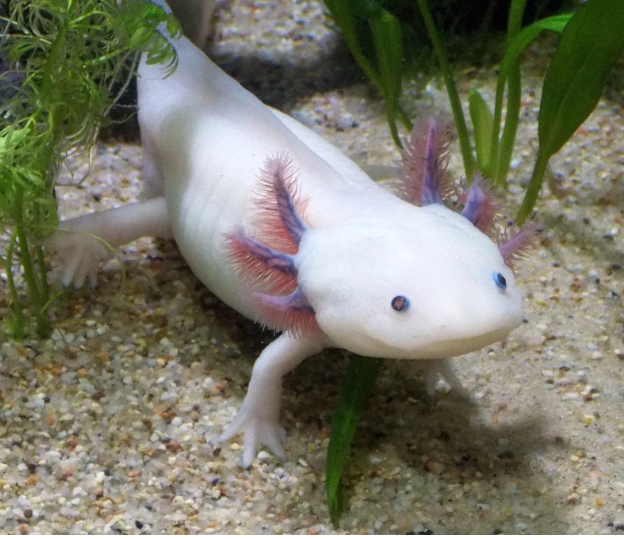ForumIAS announcing GS Foundation Program for UPSC CSE 2025-26 from 19 April. Click Here for more information.
ForumIAS Answer Writing Focus Group (AWFG) for Mains 2024 commencing from 24th June 2024. The Entrance Test for the program will be held on 28th April 2024 at 9 AM. To know more about the program visit: https://forumias.com/blog/awfg2024
Source: The post is based on the article “The tragedy of the axolotl mutant and its mystery gene” published in The Hindu on 26th May 2023
What is the News?
The Axolotl, a species of salamander(lizard-like amphibians) possesses an extraordinary ability to regenerate lost body parts. The elusive o (for “ova deficient” gene) plays a pivotal role in the axolotl’s regenerative process.
This inspired researchers to look behind its unique regenerative power.
What is Axolotl?

These are amphibians that spend their whole lives underwater. They exist in the wild in only one place—Lake Xochimilco near Mexico City.
Note: Lake Xochimilco is an ancient endorheic lake. It is a network of artificial channels, small lakes, and temporary wetlands that help supply water to nearby Mexico City’s 18 million residents. It is also a UNESCO World Heritage site.
IUCN Status: critically endangered.
Food: They feast on mollusks, worms, insect larvae, crustaceans, and some fish.
Threat: Even though they are amphibians, axolotls remain aquatic throughout their lives but they are now almost extinct in the wild. Their populations have declined considerably due to a) habitat loss due to Mexico City’s continued urbanisation, b) water pollution, and c) invasive fish species such as carp and tilapia, which compete with axolotls for food and prey upon them.
Unique capability: Axolotls, like humans, contain two copies of every gene – one inherited from the father and the other from the mother.
Axolotls have the ability to regenerate lost body parts and have a rare trait of neoteny, which means they retain larval features throughout life. These interested cancer researchers for their unique resistance to developing cancerous tissues.




